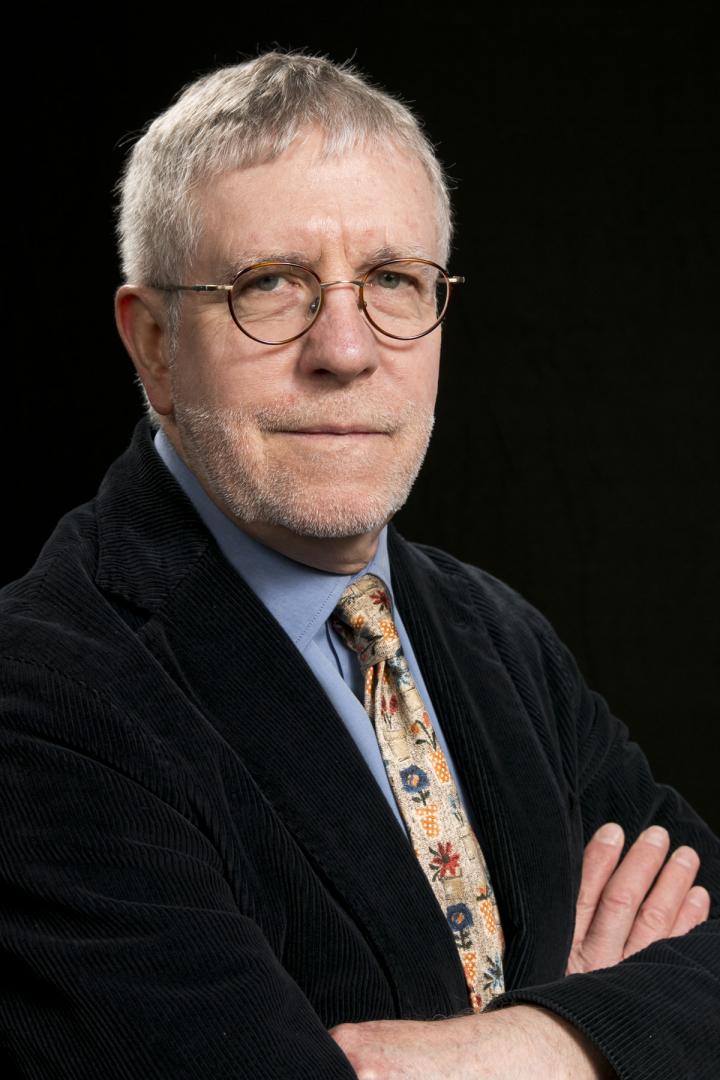Kessler Foundation scientists detail benefits of returning to work, and effective approaches to improving employment outcomes for individuals disabled by spinal cord injury

Credit: Kessler Foundation
East Hanover, NJ. September 18, 2020. Researchers at Kessler Foundation authored a new article, “Employment after spinal cord injury,” (DOI: 10.1007/s40141-020-00266-4), published by Current Physical Medicine and Rehabilitation Reports on May 24, 2020. Authored by John O’Neill, PhD, and Trevor Dyson-Hudson, MD, the article highlights evidence-based practices in vocational rehabilitation. It is featured in SpringerLink’s Collection on Topics in Spinal Cord Injury Rehabilitation.
Link to abstract: https:/
Despite the challenges, people strive to work after spinal cord injury. Research shows that employment has meaning, value, and benefits for people with spinal cord injury. In addition to the evident economic benefits, people value their identity as members of the workforce, and the social status that accompanies inclusion in society.
Work is an important part of all of our lives and that should be no different for people with spinal cord injury. In fact, studies show that people who work after spinal cord injury have better quality of life and less depression, as well as better health and longevity, according to Dr. Dyson-Hudson, director of the Center for Spinal Cord Injury Research at Kessler Foundation.
“Achieving success in the workplace after spinal cord injury is more likely when individuals have access to transportation and assistive technology,” he said, “and when secondary medical complications are minimized. Education clearly correlates with success,” he continued, “and studies show that post injury educational attainment can be particularly beneficial for individuals with spinal cord injury.”
The authors detail advances in vocational rehabilitation research that are increasing the numbers of individuals with spinal cord injury transitioning to competitive employment. Integrating employment services into spinal cord injury rehabilitation supports the feasibility of returning to work, and focuses the efforts of the team on the individual’s goal of returning to work.
Evidence-based practices that are raising post-injury employment rates include the individualized placement support (IPS) model of supported employment (SE), and vocational resource facilitation (VRF), an early intervention model, according to Dr. O’Neill, director of the Center for Employment and Disability Research at Kessler Foundation. Dr. O’Neill described the results achieved with IPS-SE in veterans with spinal cord injury: “Studies conducted in the Veterans Administration Hospital system showed employment rates of 26% with IPS-SE versus 11% with traditional vocational rehabilitation services.”
Dr. O’Neill also pointed to the gains seen with the implementation of VRF for newly injured individuals in a project funded by Craig H. Neilsen Foundation. “Of the patients recruited during inpatient rehabilitation at Kessler Institute for Rehabilitation, 43% have returned to work, significantly exceeding national one-year post injury benchmarks ranging from 12% to 21%.”
The authors concluded that employment outcomes after spinal cord injury can be improved by providing necessary supports, minimizing secondary medical complications, and implementing effective employment interventions.
###
About Kessler Foundation
Kessler Foundation, a major nonprofit organization in the field of disability, is a global leader in rehabilitation research that seeks to improve cognition, mobility and long-term outcomes, including employment, for people with neurological disabilities caused by diseases and injuries of the brain and spinal cord. Kessler Foundation leads the nation in funding innovative programs that expand opportunities for employment for people with disabilities.
Stay Connected
Twitter | http://Twitter.
Facebook | http://Facebook.
YouTube | http://Youtube.
Instagram | http://Instagram.
iTunes & SoundCloud | http://Soundcloud.
For more information, or to interview an expert, contact:
Carolann Murphy, 973.324.8382, [email protected]
Media Contact
Carolann Murphy
[email protected]
Related Journal Article
http://dx.




